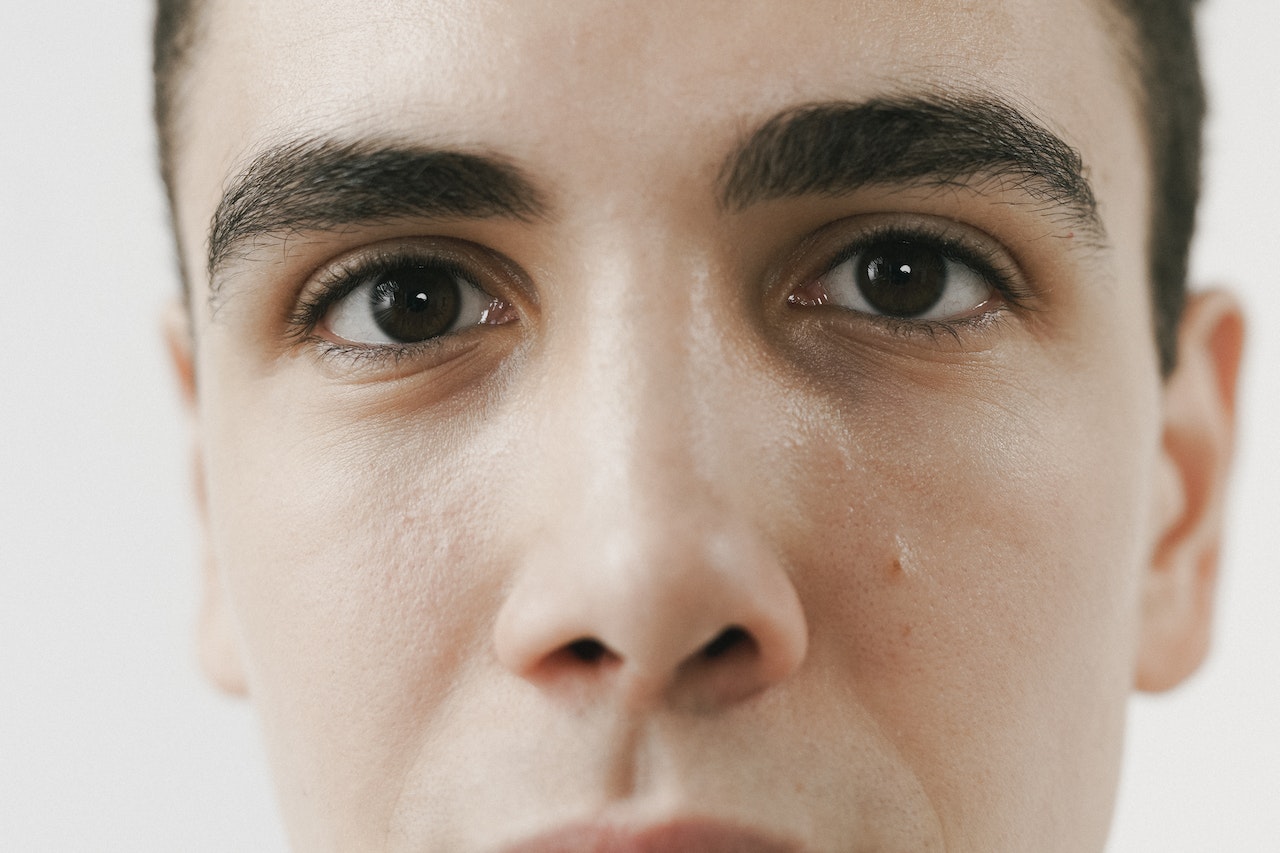Eye diseases are a common issue that can lead to vision loss or even blindness. Many of these eye diseases can be treated, but some are irreversible. Unfortunately, there is no cure for these conditions and the only treatment options available are to slow down the progression of the disease.
In this article, we will look at which eye disease is irreversible but treatable. We’ll explore the various symptoms and treatments available so you can be better informed about your own eye health and any potential risks.
What is irreversible eye disease?
There are a number of irreversible eye diseases, but the most common is age-related macular degeneration (AMD). AMD affects the central part of the retina, known as the macula, which is responsible for sharp central vision. Over time, AMD can lead to a loss of central vision.
While there is no cure for AMD, there are treatments available that can slow down its progression and help preserve vision. If you have AMD, it’s important to see an eye doctor regularly so that they can monitor your condition and make sure you’re getting the best possible treatment.
Click Here to visit our website to get updates about a medical condition of eyes Called Sanpaku Eyes
The different types of irreversible eye disease
There are many different types of irreversible eye disease, but the most common are macular degeneration, glaucoma, and diabetic retinopathy. Macular degeneration is the leading cause of blindness in adults over the age of 65 and results in the loss of central vision.
Glaucoma is a group of eye diseases that damage the optic nerve and can lead to blindness. Diabetic retinopathy is a complication of diabetes that damages blood vessels in the retina and can also lead to blindness.
There are many different types of irreversible eye diseases. The most common include:
Cataracts: A cataract is a clouding of the lens of the eye. It can occur at any age, but is most common in older adults. Cataracts cause blurred vision and can eventually lead to blindness.
Glaucoma: Glaucoma is a group of eye disorders that damage the optic nerve. This nerve transmits signals from your eyes to your brain. Glaucoma can lead to blindness if it is not treated.
Age-related macular degeneration (AMD): AMD is a deterioration of the macula, which is the central part of the retina. It affects central vision, making everyday tasks such as reading and driving difficult or impossible. There is no cure for AMD, but there are treatments that can slow its progression.
These are just a few of the many types of irreversible eye diseases. If you have any concerns about your vision, be sure to see an eye doctor for a comprehensive exam.
Symptoms of irreversible eye disease
There are a number of irreversible eye diseases, but they are all treatable. The most common symptom of an irreversible eye disease is vision loss. Other symptoms may include pain, redness, and sensitivity to light. If you experience any of these symptoms, it is important to see an eye doctor immediately. With early diagnosis and treatment, many of these diseases can be controlled and your vision can be preserved.
Click Here to visit our website to get updates about a medical condition of eyes Called Sanpaku Eyes
Treatment of irreversible eye disease
There are a number of eye diseases that can lead to irreversible vision loss, but there are also treatments available that can help to improve the symptoms and slow the progression of the disease.
One of the most common irreversible eye diseases is age-related macular degeneration (AMD), which affects the central part of the retina responsible for sharp vision. There is no cure for AMD, but treatments such as anti-VEGF injections and laser therapy can help to slow its progression and improve vision.
Other common irreversible eye diseases include glaucoma and cataracts. Glaucoma is a condition in which the pressure inside the eye gradually increases, damaging the optic nerve and leading to vision loss.
While there is no cure for glaucoma, treatment can help to reduce eye pressure and prevent further damage to the optic nerve. Cataracts occur when the lens of the eye becomes clouded, causing blurred vision. Surgery is typically required to remove cataracts, but once they are removed, vision usually improves significantly.
Prevention of irreversible eye disease
There are many different types of eye disease, some of which are irreversible but treatable. The most common type of irreversible eye disease is glaucoma, which is a condition that damages the optic nerve.
Glaucoma can be treated with medication or surgery, but it cannot be cured. Other types of irreversible eye disease include diabetic retinopathy and macular degeneration. These conditions can be treated with medication, surgery, or other therapies, but they cannot be cured.
Conclusion
While it can be difficult to lose your vision, there are treatments available for many types of eye diseases that may help slow the progression of the disease and even improve your quality of life. Glaucoma is a particularly dangerous eye disease because if left untreated, it can cause irreversible damage to the optic nerve and result in blindness.
However, with early diagnosis and proper treatment you could retain some or all of your sight. It’s important to make sure you receive regular screenings from an optometrist so any potential problems can be caught quickly.










